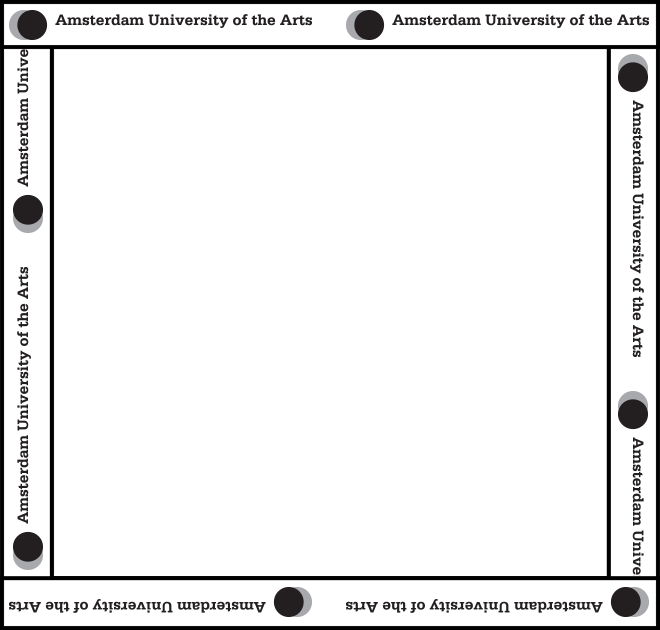researchers:
This article takes two seemingly disparate practices as the foci for this work—dance and prehistoric cave art—in order to illuminate commonalities in embodied practices that reveal new theoretical insights. Whereas, dance clearly uses temporal traces of the body to shape space and create meaning, cave drawings have also begun to be explained and interpreted through kinesthetic and embodied metaphorical techniques.
A key element that these fields have in common is the role of lines. The study of lines has become its own field of research, largely due to Ingold’s foundational work on “linealogy”. Considering the animate nature of lines and the kinesthetic response they have on the body, contemporary artistic practices can find parallels to the nature of ancient rock art if one recognizes the similarity these fields share in the formation of and interpretation of meaning through movement and material engagement. Lines are a phenomenon that, when looked at as traces—memories of movement that once took place—become an organizing principle that brings distant fields like rock art and dance together.
Thus, this article takes Tilley’s suggestion that “a truly phenomenological study of imagery is grounded in the kinaesthetics of bodily movement” and applies it to three different artistic practices. Tilley proposes that an artifact may be ambiguous in its meaning because it relays a variety of information, which is often layered and contradictory. This article shows that in cognitive archeology, the idea that the articulation of ambiguous lines is an attempt to bring like-minded things (in the thoughts of the one drawing or dancing) together. The authors propose that the ambiguity of lines allows for a type of withness between the mind, body, and environment, allowing one to consider the mind as extended. Lastly, the nature of lines as extended mind motivate the authors also to propose the term of “signature” in order to circumvent the dilemma of a static sign in regards to movement.
Read the full article here.




 Back
Back